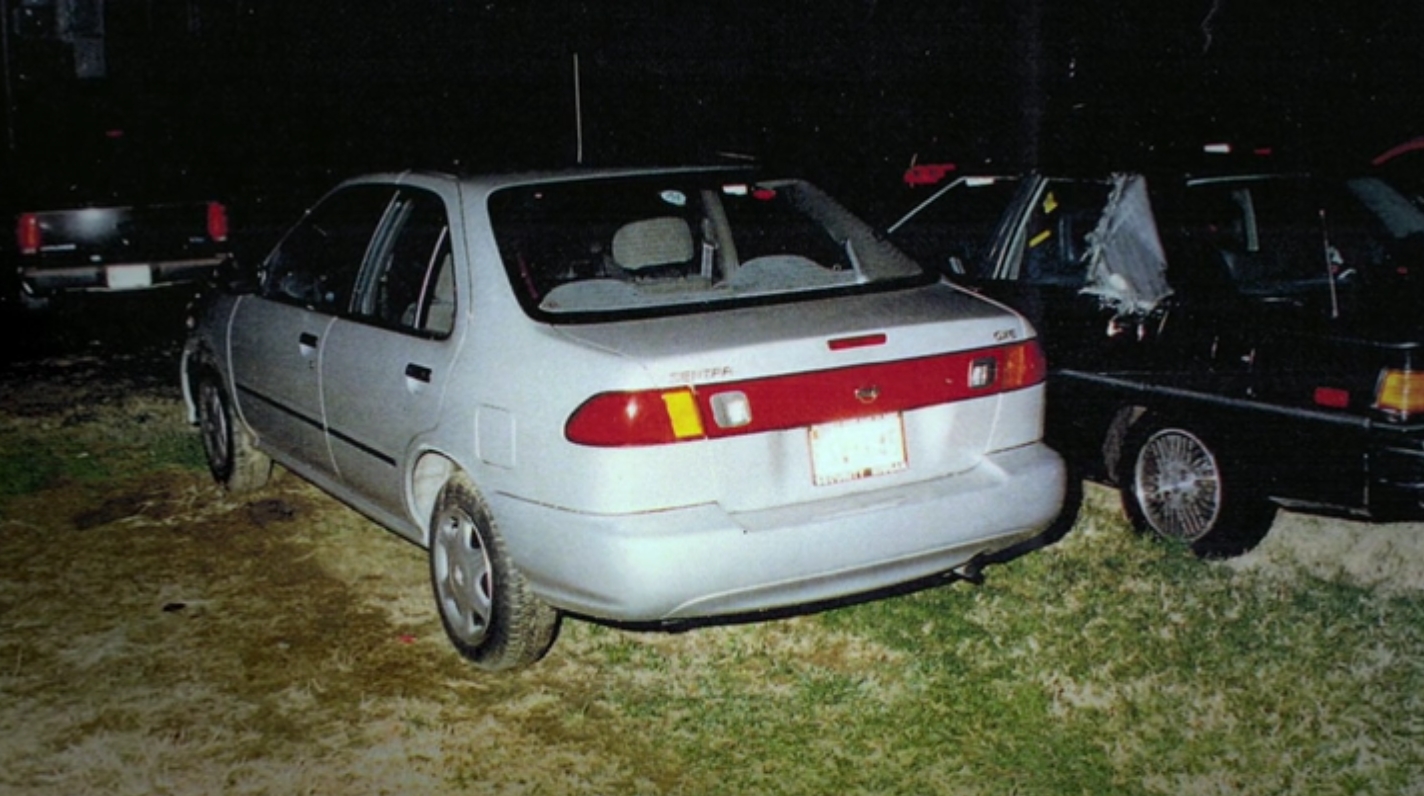
Director Amy Berg’s four-part documentary series The Case Against Adnan Syed is currently airing on HBO. The documentary is essentially a companion series to Sarah Koenig’s Serial podcast, which retraces many of the same steps that Koenig took, adding commentary from a friend and advocate for Syed, Rabia Chaudry, and follows up on several theories that have been circulated since the Serial podcast originally aired.
One particular theory discussed in the documentary’s second episode, which has also gained considerable traction on a number of blogs, podcasts, and Reddit, concerns essentially a patch of grass, and the debate surrounding that grass is more heated that one might imagine.
https://twitter.com/JasonHellerman/status/1107516167378206720
First, some quick context to catch those unaware of this particular theory up to speed. The prosecution’s theory of the case in Hae Min Lee’s murder trial was that Adnan Syed strangled her on January 13th, 1999, put the body in the trunk of Lee’s own car, recruited his friend Jay Wilds to help him bury the body, and then ditched Lee’s car in a parking lot surrounded by row houses on the same day. Hae Min Lee’s car, however, was not discovered until six weeks later, on February 28th, when Jay Wilds led police to the location of the car.
It’s a crucial detail in the case against Syed because Wilds was the only person who knew where the car was, and the fact that he knew bolstered his own testimony about helping Syed bury the body. It’s a key detail that likely helped persuade a jury to convict Syed in the murder of Hae Min Lee.
However, some speculate that the only reason Jay knew the location of the car was because he or someone else moved it there closer to the date in which Jay confessed to the police its location. If the car was moved to that location sometime after January 13th, it might call Syed’s guilt into question. The question, however, turns on a patch of grass.

Note how the grass underneath the wheel well is still green, while the grass next to the car in an empty spot is brown. Some believe that, if the car had been parked there for six weeks during the dead of winter, the grass would have turned brown. As Colin Miller on the Undisclosed podcast puts it:
The theory here is that the car was ditched there on January 13th. It’s found on February 28th, so it’s both the winter, and it’s supposedly there for about six weeks. And it seems hard to explain how, the car sitting there for six weeks, the grass underneath the car would be green and not showing any signs of wear and tear.
Some agree that it’s odd, while others suggest that it’s a cold-weather grass that goes dormant and thus stays green in the winter. Others speculate that the car actually protected the grass from the elements, allowing it to remain green while others suggest that the car prevented the grass from receiving sunlight, so it should definitely have turned brown. Unfortunately, no amount of online Internet research provides a conclusive answer to the question.
https://twitter.com/LiamMorrissey/status/1107523720355037184
On the HBO documentary series, however, the producers bring in private investigators to examine the grass, twenty years after the car was moved. They also bring in a grass forensics expert who digs up the grass, takes it back to his lab, and tests it to see if the color remains over the course of six weeks in similar temperature conditions. The results will not be revealed until the third or fourth episode, so in the meantime, the Internet will be left to speculate. However, in the court of public opinion, that patch of grassy may ultimately prove to be determinative.
Nah, over the course of six weeks the grass would turn brown due to it getting no sun because of the shade that the car provided over that time. And someone that lived there said a car would never be there for that amount of time. It would’ve been towed soon after staying there
— Nick Sabatino (@saba12_) March 19, 2019
‘The Case Against Adnan Syed’ airs Sunday nights on HBO.






